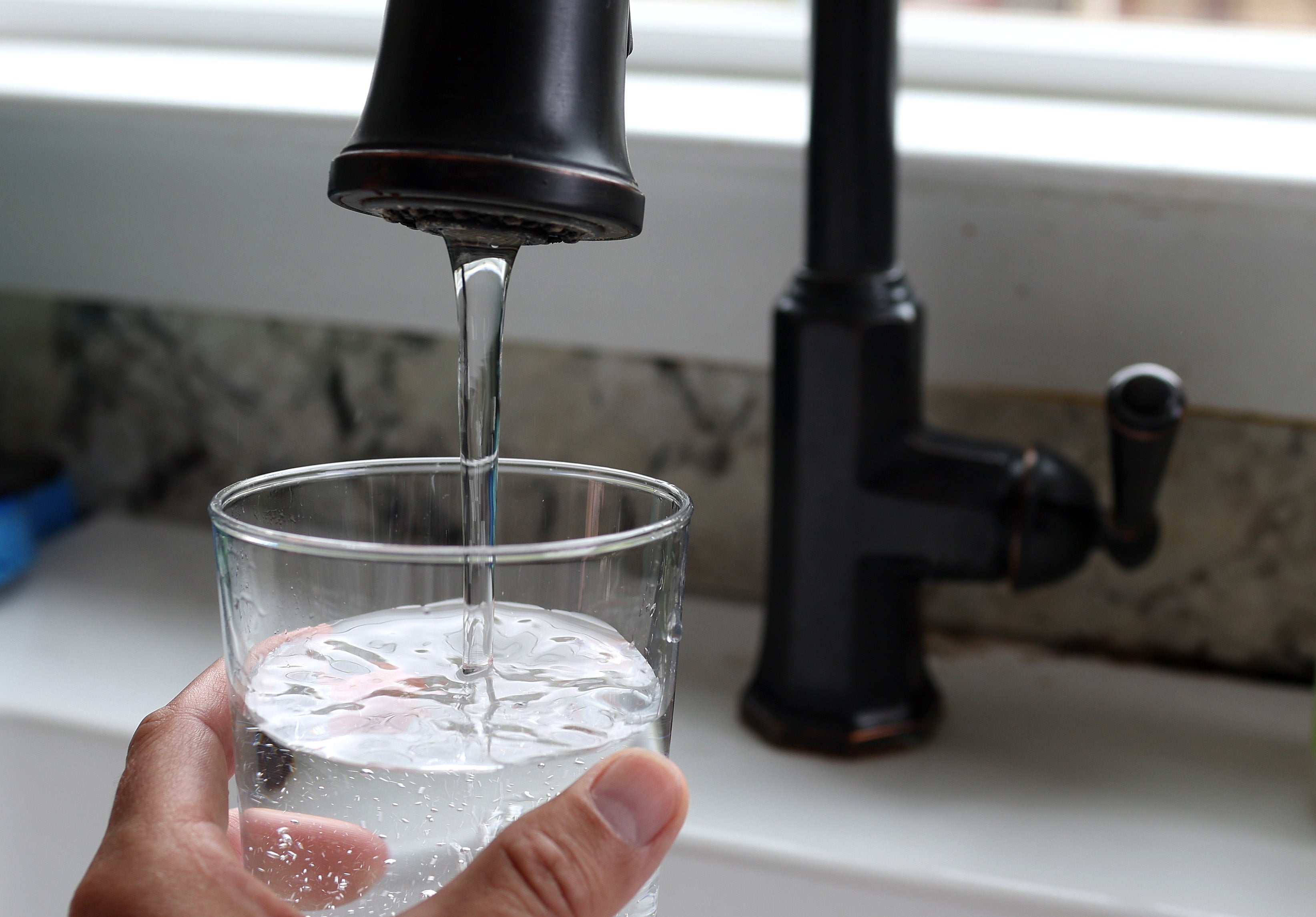Although vacations are typically a time to let go of all responsibilities, there is one thing travelers should pay attention to — their water intake.
From cocktails to juices, water quality varies from country to country and can leave travelers at risk of falling ill.
“Be careful about what liquids you consume while traveling,” Cai Glushak, chief medical officer of AXA Partners North America, told USA Today. “That's especially true in developing and resource-challenged environments, where hygiene practices may be hard to guarantee.”
What makes tap water different from other beverages that may be available on vacation is the variance in regulations each country sets for its drinking water, as some countries might not ensure clean water for residents and visitors, which may lead to potential health risks.
For example, drinking contaminated water could lead to traveler’s diarrhea, which causes loose stool and stomach cramps. Most cases resolve within a few days, Glushak said. Still, it can quickly put a damper on a highly anticipated trip.
To lessen the side effects, experts recommend continuing to stay hydrated by drinking bottled water, adding electrolytes, or consuming clear broth in addition to occasionally taking over-the-counter medications like Imodium.
If the symptoms become severe — diarrhea lasting more than two days, fever above 102 degrees, dehydration, or black/bloody stools — a doctor should be contacted.
The best precautions to take are to pack electrolytes and to rely on bottled beverages as much as possible.

Despite experts recommending that water be given more scrutiny, people should also be mindful of their alcohol consumption due to the dehydration side effect in warmer environments.
“It can also exacerbate your symptoms and cause serious issues like pancreatitis, especially when combined with eating a lot of really rich foods,” John Gobbels, the chief operating officer of Medjet, told USA Today about consuming alcohol. “My advice is to use it in moderation.”
One popular vacation drink, a margarita, can also result in a potential injury known as margarita burn. The cocktail, made with tequila, triple sec, and lime juice, can lead to phytophotodermatitis, which is a skin reaction that can occur when lime juice makes contact with your skin and that skin is exposed to the sunlight.
“The term ‘phyto’ means plant, ‘photo’ refers to light, and ‘dermatitis’ is the inflammation of the skin,” explained Dr. Keira Barr, a dual board-certified dermatologist, in an interview with Healthline.
Most commonly, the burn would take place if you were previously spending time in the sun and then spilled the lime juice on your skin. Margarita burns happen when furocoumarin, a chemical found in citrus fruits and other foods like celery, makes contact with ultraviolet A rays.
The rash will usually form within 24 hours and can potentially grow into painful blisters a day or two later. These can sometimes require a visit to the emergency room, depending on the concentration of the lime juice used.
I travelled on the world’s biggest cruise ship – this is what I thought
12 best travel pillows, tested on flights and train journeys
Full list of US 2025 federal holidays
What is Etias and why will I need to apply for one when travelling to the EU?
What will the EU’s new entry-exit system mean for British travellers?
Train outages and flight delays: Simon Calder’s big bank holiday travel guide







